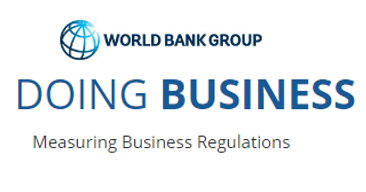The geographic coverage index has four components:
- How complete the coverage of the land registry is at the level of the largest business city. A score of 2 is assigned if all privately held land plots in the city are formally registered at the land registry; 0 if not.
- How complete the coverage of the land registry is at the level of the economy. A score of 2 is assigned if all privately held land plots in the economy are formally registered at the land registry; 0 if not.
- How complete the coverage of the mapping agency is at the level of the largest business city. A score of 2 is assigned if all privately held land plots in the city are mapped; 0 if not.
- How complete the coverage of the mapping agency is at the level of the economy. A score of 2 is assigned if all privately held land plots in the economy are mapped; 0 if not.
The index ranges from 0 to 8, with higher values indicating greater geographic coverage in land ownership registration and cadastral mapping.
In the Republic of Korea, for example, all privately held land plots are formally registered at the land registry in Seoul (a score of 2) and in the economy as a whole (a score of 2). In addition, all privately held land plots are mapped in Seoul (a score of 2) and in the economy as a whole (a score of 2). Adding these numbers gives Korea a score of 8 on the geographic coverage index.
Data definitions:
Creative Commons Attribution
This license lets others distribute, remix, tweak, and build upon your work, even commercially, as long as they credit you for the original creation. Recommended for maximum dissemination and use of licensed materials.
Download indicator
Download this Indicator data.

